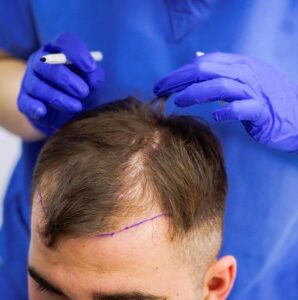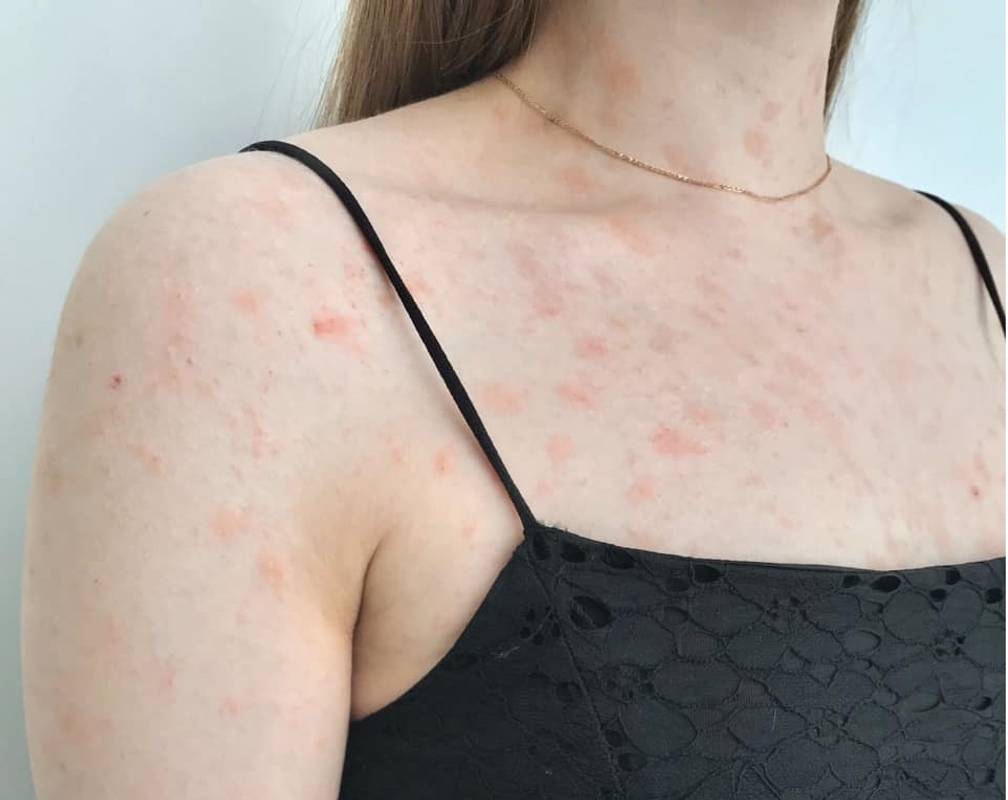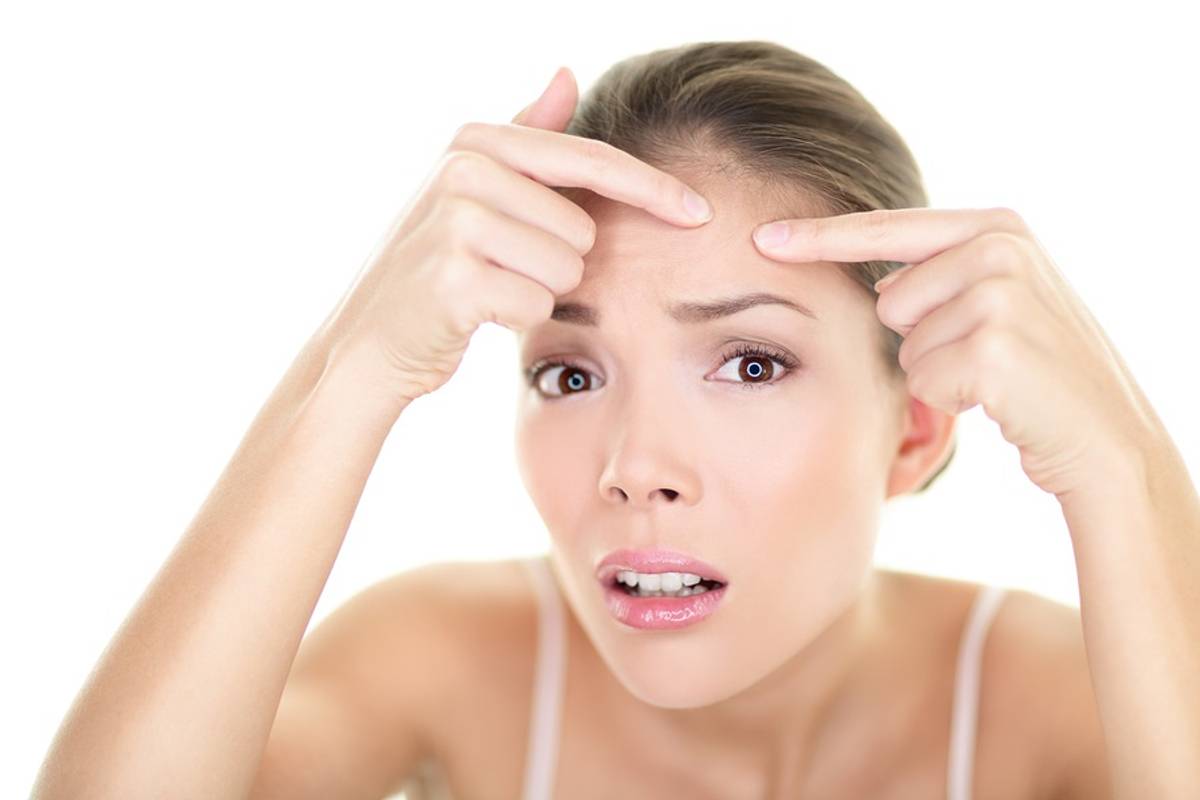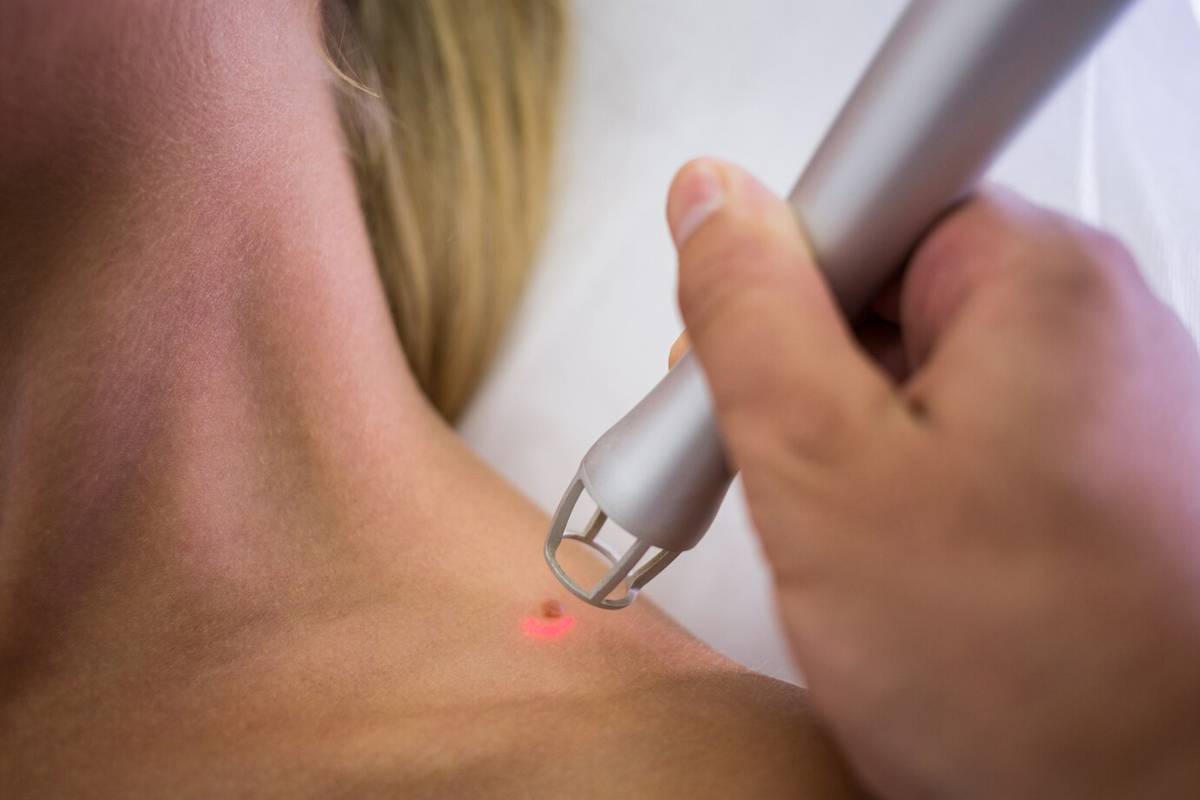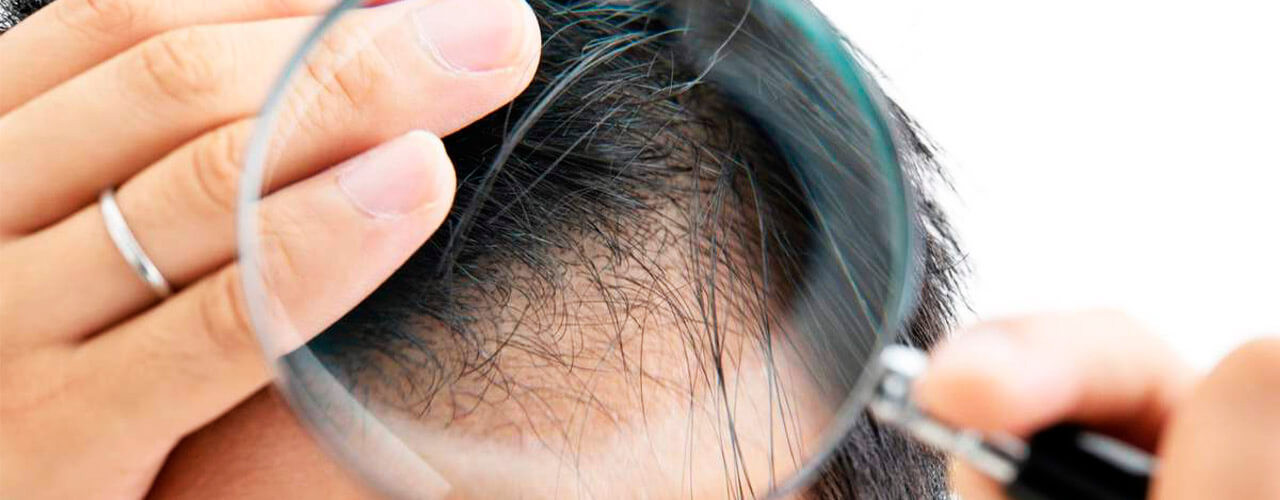
Not only genes are “to blame” for baldness…
Bad environment, lack of vitamins, stress and even excessive sun lead to hair loss.
Soft With glitter. Strong Able to attract eyes like a magnet. Deceive. Remain in memory.
To be an object of admiration. thick, well-groomed, healthy hair is like a frame for a picture – the work seems to be completed, but it cannot be called a masterpiece. One important element is missing. And without him – no way.
Zhanna Prykhodko, cosmetologist, dermatologist of the highest category, says that today few people can boast of flawless hair from the roots to the tips. not the same ecology, not the same nutrition, not the same care.
Magnifying glass, no matter how advertising convinces us, is only the tip of the problematic iceberg. The worst thing that can happen to hair is uncontrollable loss of healthy hair. In large numbers, quickly, which eventually leads to total baldness. Often this process is irreversible – again, if you do not seek help from a specialist in a timely manner.
– Baldness is mainly inherited or the appearance of this problem should be associated with a number of other factors: irrational nutrition,
Then lack of appropriate vitamins and trace elements, bad ecology, etc.?
– If we are talking about male pattern baldness – then yes, it is mostly hereditary. Transmitted by genotype. Hair falls out according to a certain pattern – the so-called “Stein angles”, characteristic bald spots appear. The kind that my father and grandfather had… I am often approached by young people aged 25-27 years who complain about the premature appearance of baldness. Genes – you can’t do anything.
Is there really nothing to help?
Auxiliary symptomatic therapy exists, of course, but it, unfortunately, cannot fundamentally change the situation.
And a hair transplant?
Good idea. But for those who suffer from more serious diseases – alopecia ariata. When it comes to the risk of total hair loss.
It sounds scary. Immediately there is a “non-intrusive” desire to inquire about methods of prevention.
When such patients undergo an appropriate analysis (and we always recommend it), it turns out that almost every one of them… has worms. Alopecia is diagnosed – enterobiosis or, say, ascariasis is diagnosed at the same time. The second factor in the appearance of this disease is nervous tension.
The reason for hair loss in a young person can be even… examination period. Traditional experiences before exams. Or some problems in the family. The third cause of alopecia. – still the same ecology, unfavorable radiation background.
After Chernobyl, there were many children with this specific diagnosis… Even… the sun can cause total hair loss. This is information for those who like to be under the burning rays in the summer – from 12:00 to 16:00 – and do not cover their heads. Improper care of the hair part of the head can also give a serious impetus to the development of the disease: incorrect selection of shampoo, very frequent hair washing, reluctance to wear a hat in winter, which leads to hypothermia of the hair and inflammation of the hair follicles with their subsequent loss, frequent change from one color to another in a radically different, perm, etc.
Avitaminosis can also lead to baldness – if a person lacks the necessary vitamins and trace elements (zinc, cobalt, strontium).
Often, pregnant women (because they have to share the most necessary things with their child) and patients with diabetes complain of sudden hair loss. When a woman begins to breastfeed, the hair automatically begins to regain its former attractiveness.
– If a patient with alopecia comes to you, as I understand it, before that, you try to find out why this disease arose?
This is the best way to choose an adequate method of treatment. There is always a cause – and there are always consequences. In most cases, when we already deal with alopecia, we are dealing with seborrhea – oily or dry, it does not matter.
But seborrhea, like the one provoked by fungi, and the one that occurs as a result of sebaceous glands malfunctioning, is a global process in the body
Here we are already talking about a metabolic disorder… This disease is a chronic relapsing disease that accompanies a person throughout his life and should be treated separately. It is impossible to achieve complete recovery, but treatment is worth it. “Remission” can be quite long – and such a person will not feel the usual discomfort for some time. “People’s” rubs, lotions, vitamin and microelement therapy – all this gives its result.
Trauma also often leads to hair loss… And it is believed that hair loss is only a cosmetic defect.
When it comes to total hair loss, one consultation with a dermatologist or cosmetologist is not enough. Inpatient treatment is often required. Medical treatment is complex and long-term.
It’s just that the hair falls out quickly.
– However, drug therapy also has its drawbacks.
So. But in order to provide our body with the daily rate of iron, we need to eat during the day… 10 kg of apples! And the patient with alopecia will have to test the strength of his stomach even more.
Only vitamin preparations can help in such cases.
– How much hair can you lose during the day and not worry about it?
– About 60 hairs. Some mistakenly believe that if one or two hairs remain on the comb, that’s all, you need to worry.
-No. Our hair goes through three stages: the stage of development, growth and rest. Actually, when that hair is in a resting stage, it can fall out.
This is a normal process. You should not worry about this. If the hair has passed its “life” cycle, it naturally dies.
If a person’s hair falls out in large quantities, he should undergo an appropriate analysis that will determine at which stage hair falls out most often. This will make it possible to quickly find out the cause of baldness, and therefore, to start the appropriate treatment sooner.
Who has weaker hair: men or women?
In women. In men, hair follicles are much stronger. But nature is smart, maintains a fair balance: women have more hair, and it falls out more often; men have fewer of them, and they fall out less often.
See all ⇒PRICE






